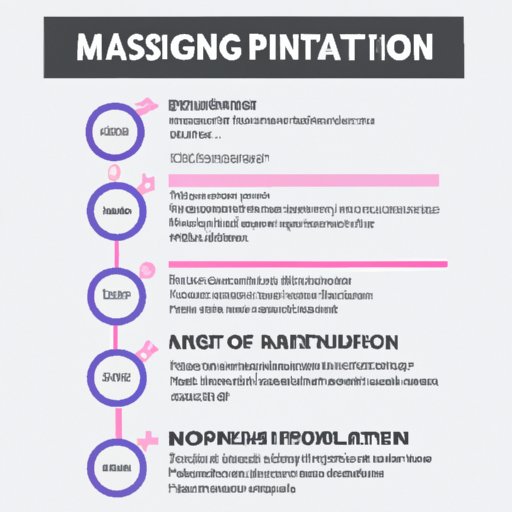Introduction
Organizations are formed to accomplish goals that are too large for individuals or small groups to manage. They can range in size from a single person to thousands of employees. Starting an organization requires careful planning, dedication, and resources. This guide provides a step-by-step overview of the process for starting an organization.
Identify and Research Your Mission Statement
Before you can begin the process of forming an organization, you must first determine its purpose and objectives. This involves developing a vision and creating a mission statement. A mission statement defines the purpose of the organization and how it intends to achieve its goals. It should be clear, concise, and focused on the intended outcomes.
Once you have developed a mission statement, you must then research the market. This involves gaining an understanding of the competitive landscape, identifying potential customers or members, and assessing the potential success of your organization.
Develop a Business Plan
After researching the market, you must then develop a business plan. This plan serves as a roadmap for the organization and outlines its goals, objectives, strategies, and budget. It should include detailed information about the organization’s structure, operations, and marketing efforts.
When developing a business plan, you must define your goals and objectives. These should be specific, measurable, attainable, relevant, and time-bound (SMART). You must also outline strategies for achieving these goals and objectives and budget resources accordingly.
Register Your Organization
Once you have developed a business plan, you must register your organization. This involves choosing an entity type, such as a corporation, limited liability company, or nonprofit organization. You must also comply with local laws and regulations, such as filing for an employer identification number (EIN) and applying for tax-exempt status if applicable.
Secure Funding Sources
Securing funding is a critical step in the process of starting an organization. There are various types of funding available, including grants, donations, loans, and investments. When applying for funding, you must ensure that your proposal is well-written, clearly outlining the purpose and objectives of your organization.
In addition to applying for funding, you must also build relationships with potential funders. This involves attending networking events, joining industry organizations, and building a strong social media presence.
Put Together Your Team
Once you have secured funding, you must then put together your team. This involves identifying roles, recruiting volunteers, and assigning responsibilities. When assembling your team, you must ensure that everyone is committed to the mission and has the necessary skills and experience to carry out their duties.
Promote Your Organization
Once you have assembled your team, you must then promote your organization. This involves leveraging social media, developing a brand identity, and advertising opportunities to potential members or customers. You must ensure that your message is clear and consistent across all channels.

Monitor Progress and Make Adjustments
Finally, you must monitor progress and make adjustments as needed. This involves evaluating performance, refining strategies, and implementing changes. Regularly monitoring progress allows you to identify areas of improvement and adjust your approach accordingly.
Conclusion
Starting an organization is a complex process that requires careful planning and dedication. By following the steps outlined in this guide, you can start an organization that is successful and sustainable.
(Note: Is this article not meeting your expectations? Do you have knowledge or insights to share? Unlock new opportunities and expand your reach by joining our authors team. Click Registration to join us and share your expertise with our readers.)
